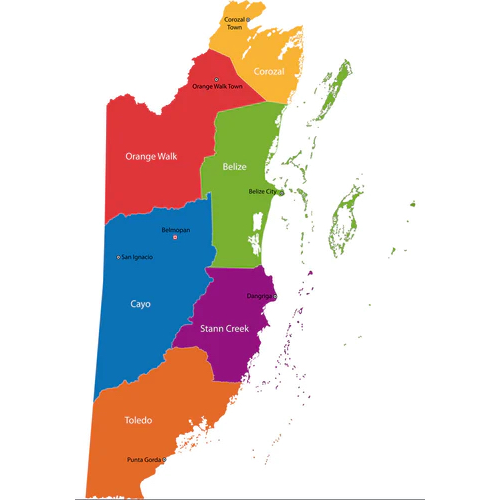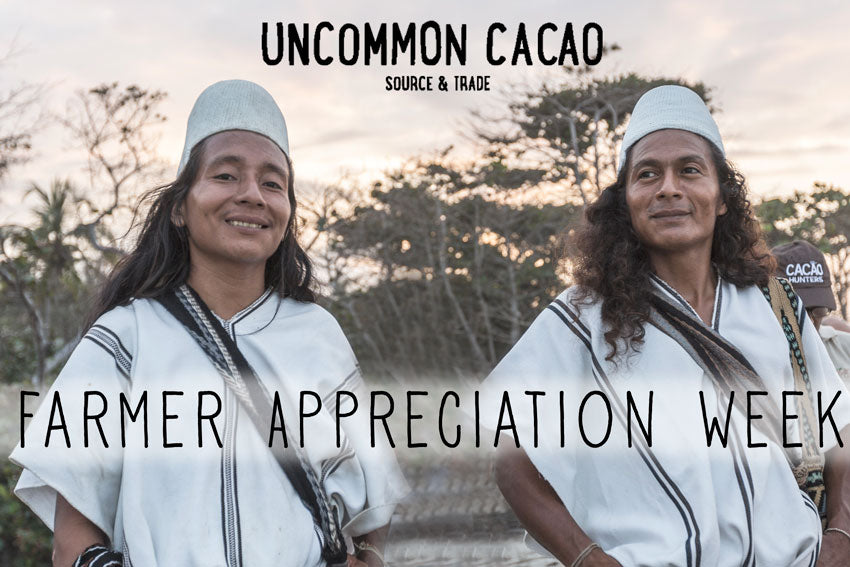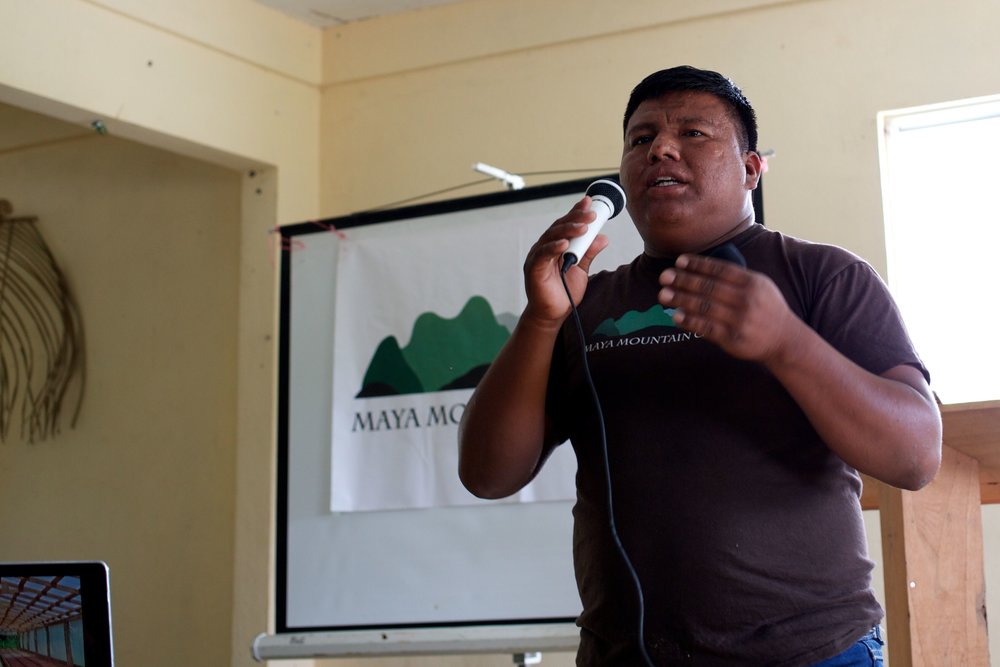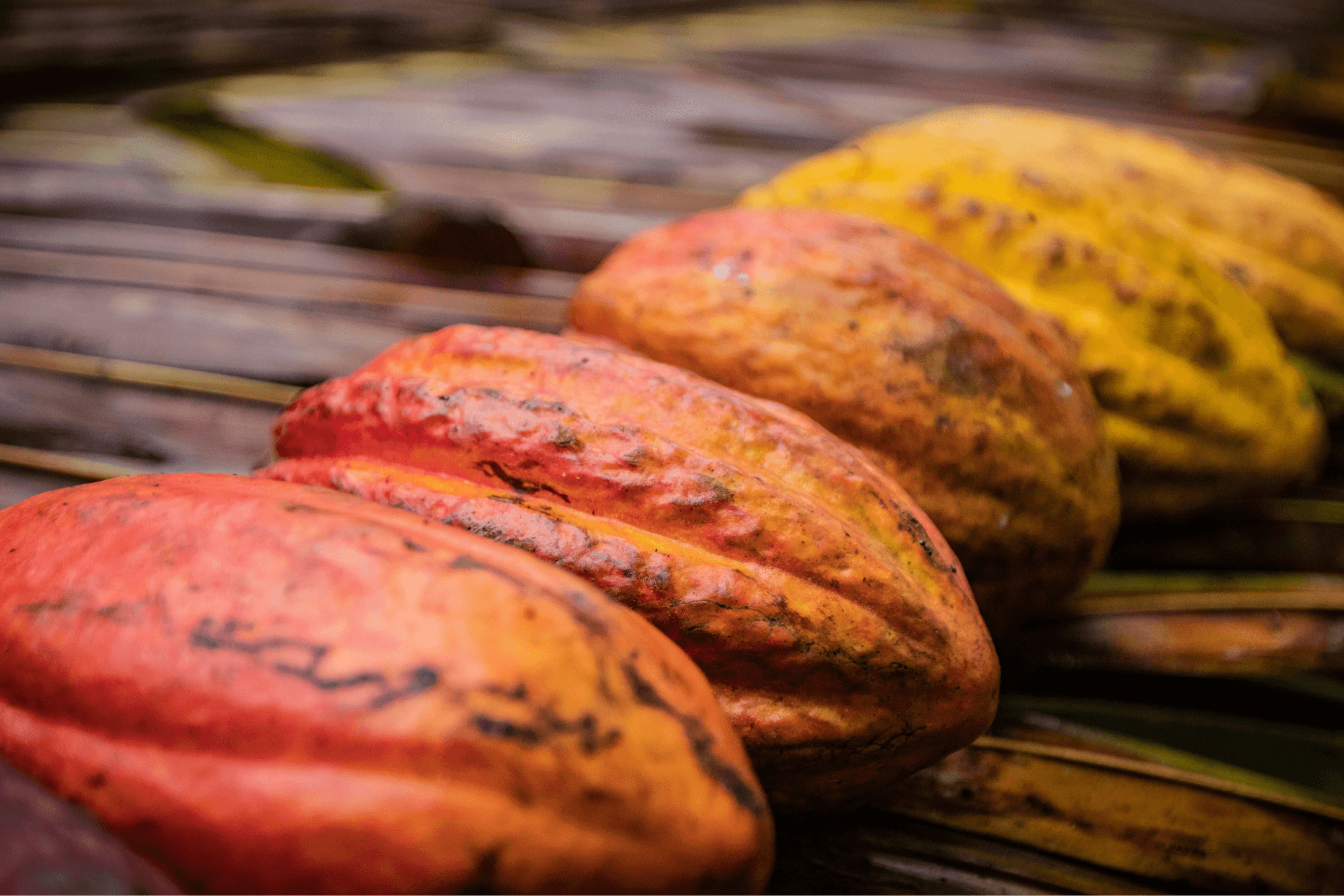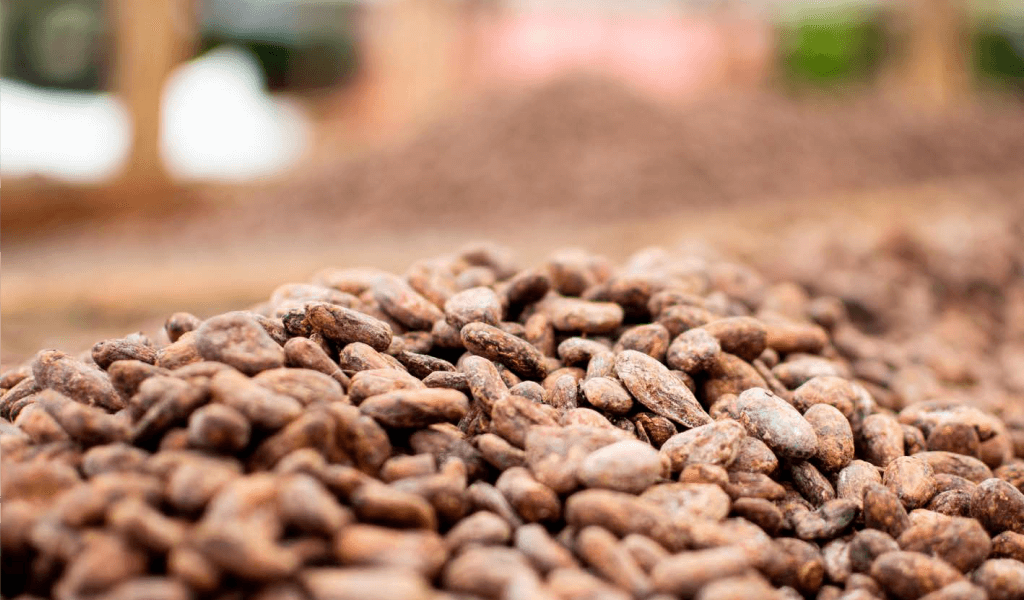Belize has just two highways, one running north-south and one running east-west. You can drive for miles any day of the week without passing another vehicle. Nearby El Salvador squeezes a population of over 6 million in essentially the same geographic size as Belize, which has only 380,000 citizens. Belize’s capital city of Belmopan is the smallest in the western hemisphere.
But don’t let Belize’s small size fool you. This country’s long and colorful history means it is one of the most diverse in the world. Belize was first part of the ancient Maya Lowlands region occupied by over 7 million people before 1000 AD, then invaded by Scottish pirates and conquered by the British Empire, who brought over indentured servants from (primarily East) India. Belize, known as British Honduras at the time, was then discovered by the sea-faring Garifuna, settled by German Mennonites, and in more recent decades scores of Chinese, North Americans, and Europeans migrated to Belize after it gained independence from the United Kingdom in 1981 and became a sovereign nation.
Belize’s cacao history is equally rich and surprisingly complicated for the small volume of cocoa beans that are produced in the country each year (about 150 MT).
Here are the chocolatey highlights:
-
1960’s: the British Commonwealth Development Corporation (CDC) planted 300 acres of cacao, the first commercial cocoa planting in Belize since Maya times
-
1981: ancient Mayan pottery with traces of chocolate was discovered, dating back over 2,600 years.
-
1982: the Hershey Company planted 750 acres with cocoa in a plan to develop the company’s first world-class technical farm. Hershey imported and ran trials on a wide variety of clones from around the world. They propagated hundreds of thousands of trees for distribution to Maya farmers in southern Belize. Hershey abruptly left Belize in 1993 when cocoa prices dropped and their plantation became much less efficient than buying from the market.
-
1993: these Maya farmers were discovered by Craig Sams of Green & Black’s chocolate, and became the first-ever certified Fairtrade and organic cocoa imported into the UK. Belize served as the primary origin for Green & Black’s in the chocolate company’s early years.

-
2010: Maya Mountain Cacao was established in Belize by Uncommon Cacao, introducing a key innovation that revolutionized the flavor potential of the local crop: centralized fermentation and drying. Throughout Belize’s cacao history before Maya Mountain Cacao, all farmers were fermenting and drying their beans individually at home, sometimes with drying decks shared between neighbors. There were no chocolate bars outside of Belize made of 100% Belizean cacao until Mast Brothers’ “Moho River” bar launched in 2011, made with Maya Mountain Cacao.
-
2011: a consortium led by the research institution CIRAD sequenced and analyzed the cocoa genome – using an ancient heirloom Criollo tree discovered in Belize’s Bladen Nature Reserve.
The rich history of Belize’s cacao industry, combined with the country’s stunning limestone karstic landscape and lowland tropical and rainy environment, created the perfect storm of flavor that was waiting to be fine-tuned through centralized post-harvest.
While ancient criollo can still be found deep in the nature reserves of Belize and on small private plots, the vast majority of cacao cultivated by the smallholder Maya farmers of the south are – surprise – Amelonado-dominant hybrids and other Upper Amazon Forastero (Iquitos/Nanay, Paranari, and Ecuadorian Nacional) hybrids. Genetic testing of the beans through support of the Heirloom Cacao Preservation Initiative suggest the diversity of clones in Belize likely originates from the CDC and Hershey plantings as well as seeds brought across the border over hundreds of years from Mayan communities in Guatemala.
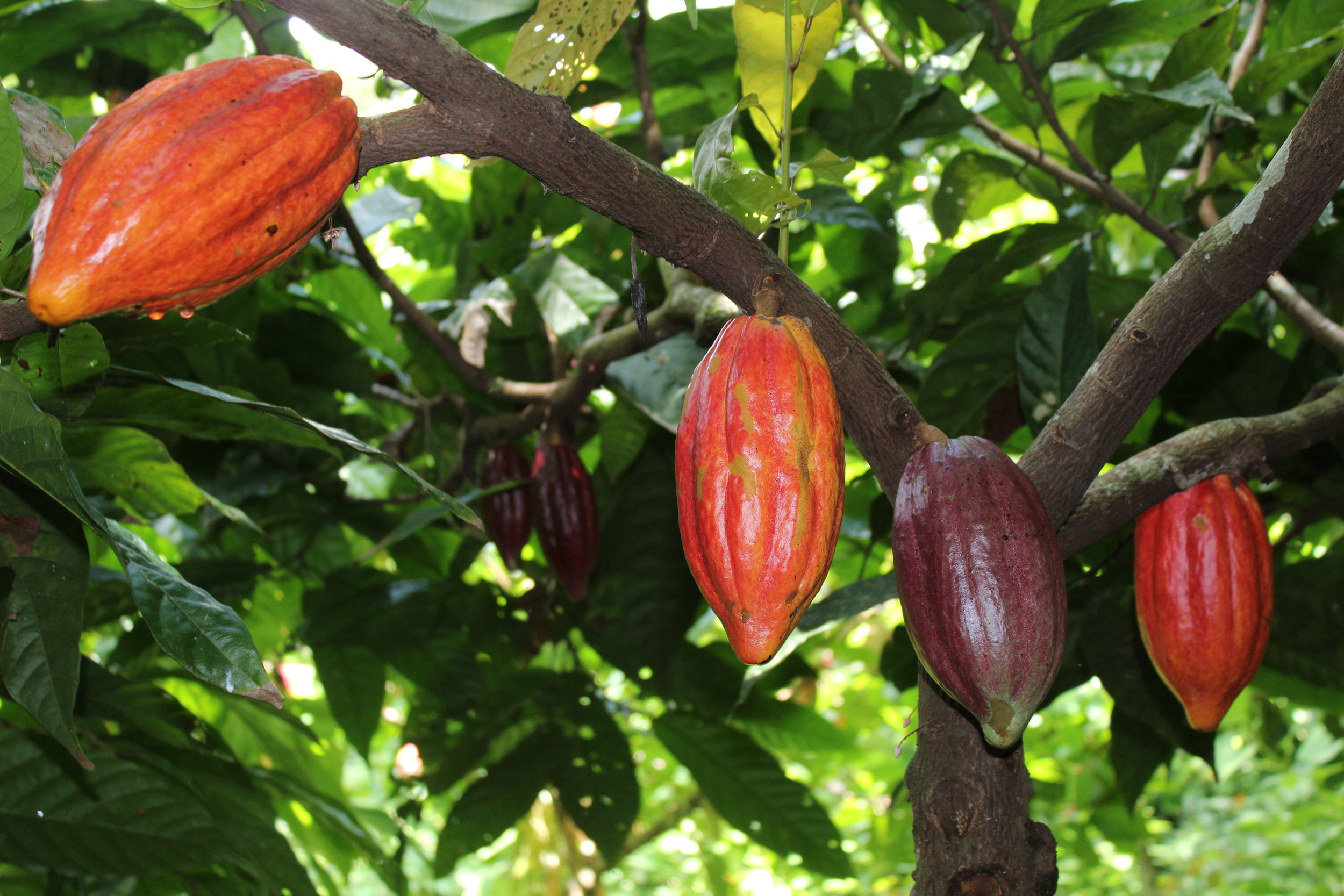
The beans carefully produced by the farmers in Maya Mountain Cacao’s network and fermented by our team in Belize offer consistent, rich flavor notes of honey, pineapple, raisin, tobacco, and fudge. The versatility of this flavor profile allows for deeply satisfying dark milk chocolate, deliciously approachable 100% cacao chocolate, and everything in between. Dandelion Chocolate’s 70% Maya Mountain bar won high honors – again – in the 2018 International Chocolate Awards, winning the judge’s grand prize for the second year in a row.

After an intense competitive rush to Belize in the last five years (a whole other story, and worthy fodder for another blogpost) that drove prices up for this low volume, highly desired cacao, prices have reset in 2018 and returned to a more realistic range. We’ve worked hard to educate and communicate with farmers about the importance of selling beans at a stable price that can maintain for years to come as production grows. That said, farmgate prices in Belize are still high compared to global norms, at ~$3,200/MT paid directly to farmers for wet cacao – over $1,000 over the NY futures market as of the date of this blogpost.
Volumes of cacao in Belize are growing and all of the pieces are now in place for the consistency of flavor and pricing for years to come. This bean offers a winning opportunity for makers seeking well-rounded flavor, rarity, and a compelling story for their chocolate. We’re so excited to introduce this bean to new makers, and to re-introduce it to those who have known and loved it in the past. The 2018 harvest is now available from our U.S. warehouse as of this month -- ask us for a sample and be a part of Belize’s rich cacao future!
